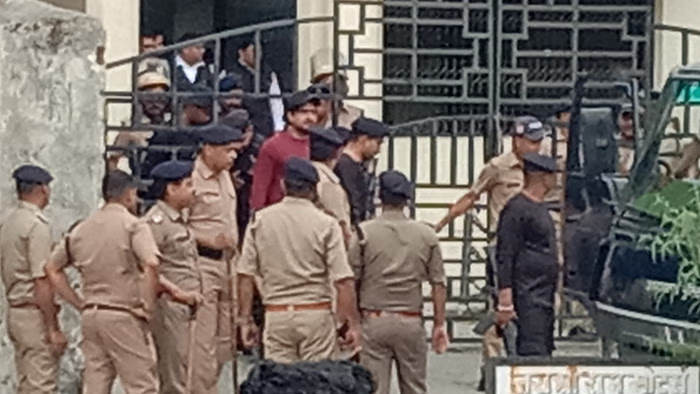
India-Pakistan has agreed to ceasefire. This information was first given by US President Donald Trump in a social media post. Trump posted on social media platform X and claimed that India-Pakistan have agreed to ceasefire.

A ceasefire has been declared between India and Pakistan. It was first announced by US President Donald Trump. After Trump's statement, Foreign Secretary Vikram Misri came for a press briefing at 6 pm. He finished his speech in 42 seconds and left. He said - Pakistan's DGMO called the Indian DGMO at 3:35 pm on Saturday. It was agreed that both sides will stop all kinds of firing and military action on land, air and sea from 5 pm on Saturday afternoon.
Both sides have been instructed to implement this agreement. They will talk again on May 12 at 12 noon. People have many questions about this decision. What exactly is a ceasefire? What effect does it have on the ground situation? And what is the way to implement it? Understand in simple language what a ceasefire is and what does it mean in the context of India-Pakistan.
What does ceasefire mean?
Ceasefire means a temporary or permanent stop to conflict or fighting. When two countries or parties decide to stop firing and other military activities by mutual consent, it is called a ceasefire. It is a kind of peace initiative so that an environment for talks can be created or humanitarian aid can be provided. Ceasefire can also be unilateral, that is, one party declares to stop the war. Or it can also be implemented by mutual consent, in which both the parties promise to stop the attacks.
India-Pakistan ceasefire: Why and how?
The history of ceasefire between India and Pakistan dates back to 1949, when after the Kashmir war, both the countries agreed to stop firing under an agreement with the intervention of the United Nations. A ceasefire line was created in this agreement, which is today called the Line of Control (LoC).
The recent ceasefire agreed to stop missile and drone attacks, particularly the use of Turkish drones (such as Asisguard Songar) by Pakistan and the targeting of sensitive Indian military locations such as the S-400 system at Adampur.
What is the ceasefire protocol?
There is no fixed formula for ceasefire, but there are some common protocols. For example, the armies of both countries stop aggressive activities on the front lines. Civilian targets (such as hospitals, schools, etc.) are not targeted. There is agreement on preventing misinformation and propaganda, monitoring of social media is increased so that rumors do not spread. A third country or organization (such as the UN or the US) can be given the responsibility of monitoring.
The challenge of disinformation and ceasefire violations
However, it is not always possible to see a change in the ground reality even after a ceasefire. There have been many incidents of ceasefire violations from Pakistan's side in the past. Apart from this, there have been attempts to spoil the atmosphere by spreading fake videos or claims on social media. The purpose of a ceasefire is to reduce tension, increase the possibilities of dialogue and ensure the safety of life and property. But it has a lasting effect only when both sides follow it honestly. Any violation breaks trust and the situation can again move towards war.




